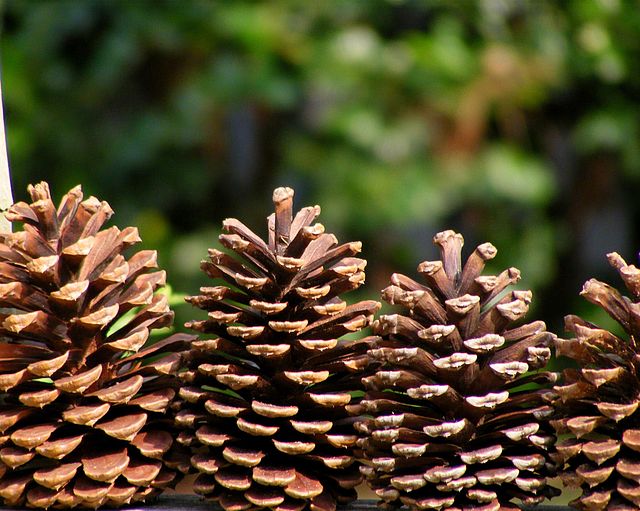Pinus elliottii, commonly known as slash pine, is a conifer tree native to the Southeastern United States. Slash pine is named after the "slashes" – swampy ground overgrown with trees and bushes – that constitute its habitat. Other common names include swamp pine, yellow slash pine, and southern Florida pine. Slash pine has two different varieties: P. e. var. elliottii and P. e. var. densa. Historically, slash pine has been an important economic timber for naval stores, turpentine, and resin. The wood of slash pine is known for its unusually high strength, especially for a pine. It exceeds many hardwoods and is even comparable to very dense woods such as black ironwood.
Pinus elliottii
Slash pine needles
Pinus elliottii cones
Controlled burn in a slash pine forest
Turpentine is a fluid obtained by the distillation of resin harvested from living trees, mainly pines. Principally used as a specialized solvent, it is also a source of material for organic syntheses.
Turpentine distilled at the Georgia Museum of Agriculture & Historic Village as it was done circa 1900
"Herty system" in use on turpentine trees in Northern Florida, circa 1936
Chipping a turpentine tree in Georgia (US), circa 1906–20
"Cat face" on a pine tree








